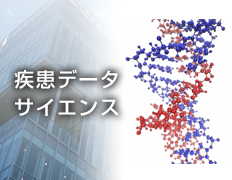Multifaced roles of desmoplastic reaction and fibrosis in pancreatic cancer progression (Cancer Science, 2023)
In the collaboration with Department of Gastroenterological Surgery, Osaka University Graduate School of Medicine, Japan (Professors Eguchi and Doki), Dr. Sato has focused on the desmoplastic reaction, a fibrosis reaction that is characterized by a large amount of dense extracellular matrix and dense fibrous stroma, as a key factor in pancreatic cancer development. The understanding the mechanism of desmoplastic reaction and fibrosis in pancreatic cancer will open an avenue to innovative medicine and improve the prognosis of patients suffering from this disease.

